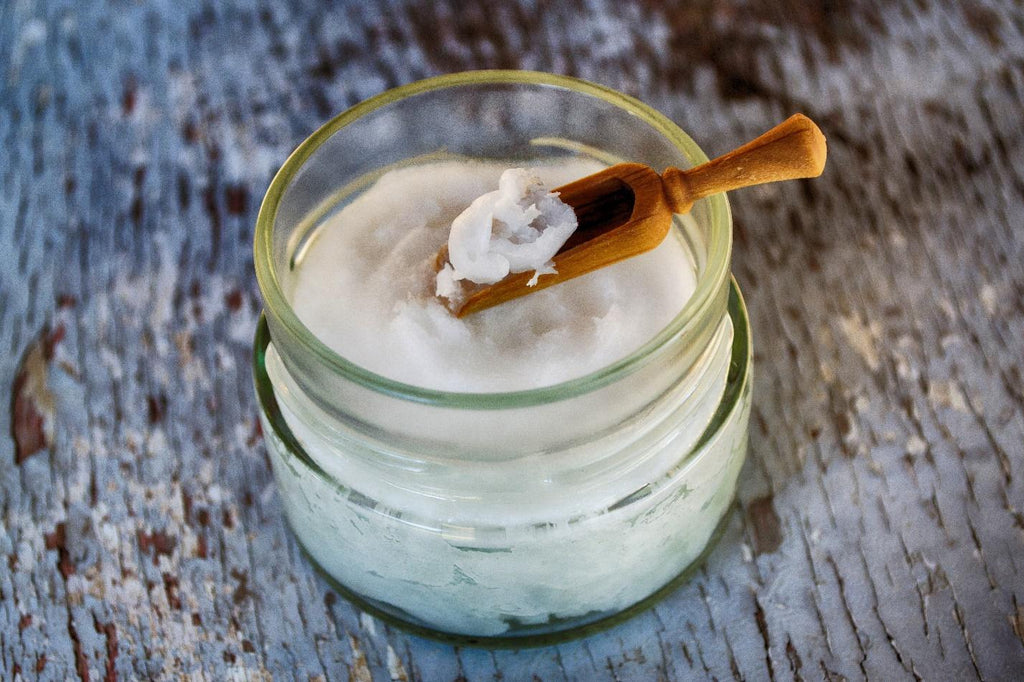In layman's terms, hemorrhoids are swollen or enlarged veins that can form both inside and outside the anus. More commonly known as piles, Hemorrhoids can be uncomfortably painful and might also lead to rectal bleeding.
We’re all born with hemorrhoids, but they do not cause pain in their natural state. The true extent of their irritation and pain-causing effects is experienced when these become swollen and enlarged. Although they affect all genders and age groups, hemorrhoids have become more prevalent in older individuals.
Types of Hemorrhoids
Depending on the location, hemorrhoids are classified into two broad categories. External hemorrhoids are swollen veins under the skin surrounding the anus. These can be itchy and painful and can cause rectal bleeding as well.
Internal Hemorrhoids are swollen or inflamed veins inside the rectum. They are typically not painful but tend to bleed more rapidly due to strenuous bowel movements. Internal hemorrhoids can also prolapse and protrude from the anus. The severity of prolapse is assigned in 4 grades. Grade IV prolapsing hemorrhoids require immediate medical attention. Internal and external hemorrhoids can also develop blood clots that cause thrombosed hemorrhoids.
Causes of Hemorrhoids
Significant causes that can lead to the formation of hemorrhoids include weightlifting, forced or strained bowel movements, chronic constipation, pregnancy, and weight gain. Basically, any sort of excessive strain or pressure on the abdomen, lower rectum, and anal region exert stress on the hemorrhoidal veins and cause them to become inflamed and dilated.
Symptoms of Hemorrhoids
Symptoms that indicate hemorrhoidal disease include anal itch, formation of lumps that feel tender to the touch, aching and pain targeted in the anus when sitting, and lastly, rectal bleeding. These indicators are primarily for external hemorrhoids.
Symptoms are usually absent in the case of internal hemorrhoids, and a person rarely feels any pain. On the other hand, prolonged hemorrhoids are both painful and uncomfortable and might irreversibly bulge from the anus.
How to Cure Hemorrhoids?
There are many creams, topical ointments, and sprays, which contain lidocaine to numb the affected area. Another essential additive is hydrocortisone which helps reduce swelling and provides relief from itching.
Hydrocortisone use is recommended during the night when the body has low cortisol levels. If the symptoms do not get better in a few weeks and become highly severe, the doctor may suggest procedures to shrink or remove the hemorrhoids altogether.
Some medical procedures include injecting a solution to scar and close off the hemorrhoid, rubber bang ligation for prolapsed hemorrhoids, coagulation, cauterization, and lastly, invasive surgery for severely uncomfortable external and large internal hemorrhoids.
Neosporin and Its Medical Uses
Neosporin is an antibiotic ointment. It is made from a combination of three antibiotics, including Polymyxin B Sulfate, Neomycin Sulfate, and Bacitracin Zinc. Neosporin helps reduce infections and is commonly used to treat bacterial eye infections.
Neosporin is reported to be a safe and effective ointment when it comes to preventing infections caused by minor skin trauma. It is also used for burns, scratches, cuts, and several minor skin infections. Neosporin should only be used topically; ingestion can cause severe complications and kidney damage.
Side Effects of Neosporin
As discussed above, Neosporin is not supposed to be ingested or taken orally since it causes kidney damage. Neither should it be applied near sensitive mucus membranes of the eyes or the mouth. Neosporin is not recommended for children below the age of 2.
If the patient experiences pain, burning, itching, or cracked skin, after the application of Neosporin, they should seek immediate medical care. Common side-effects also include severe rashes and hives. In some cases, Neosporin is also believed to cause an allergic reaction known as contact dermatitis.
Effectiveness of Neosporin for Curing Hemorrhoids
Neosporin is not the prescribed medicine for hemorrhoids because the main objective of the ointment is not to provide relief from the symptoms of hemorrhoids. Its use in hemorrhoid treatment still remains a widely debated topic in medical communities since countless other products are designed specifically for managing hemorrhoids. That being said, Neosporin does contain inactive ingredients, such as petroleum jelly, and has anti-inflammatory properties that may be helpful to fight off some symptoms but only in the case of external hemorrhoids.
However, it may prove to be less effective than other hemorrhoid-targeted creams. Petroleum jelly and its lubricating properties create a protective lining on the skin, which can help keep it moist, reducing the effects of dry irritation.
Daily activities, vigorous exercise, and straining activities can cause hemorrhoids to worsen. So the lubrication provided by the petroleum in Neosporin can be helpful to prevent the aggravation of symptoms.
Conclusion
Although Neosporin is not an ointment that a doctor might recommend for hemorrhoids, it can still help reduce swelling in cases of external hemorrhoids. It is not a cure for hemorrhoids and can only aid in managing one aspect of the many symptoms of hemorrhoids. The active and inactive ingredients present in Neosporin are not known to cause any adverse effects on hemorrhoids. However, complications might still occur since the medicine has not been explicitly tested for hemorrhoidal disease.
We hope this article helped you understand the uses of Neosporin. It is essential to consult a doctor before using any kind of medication for hemorrhoids. A colorectal exam can also help rule out other health concerns like fissures, fistulas, or cancer.

